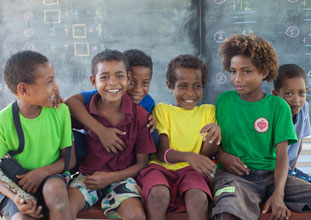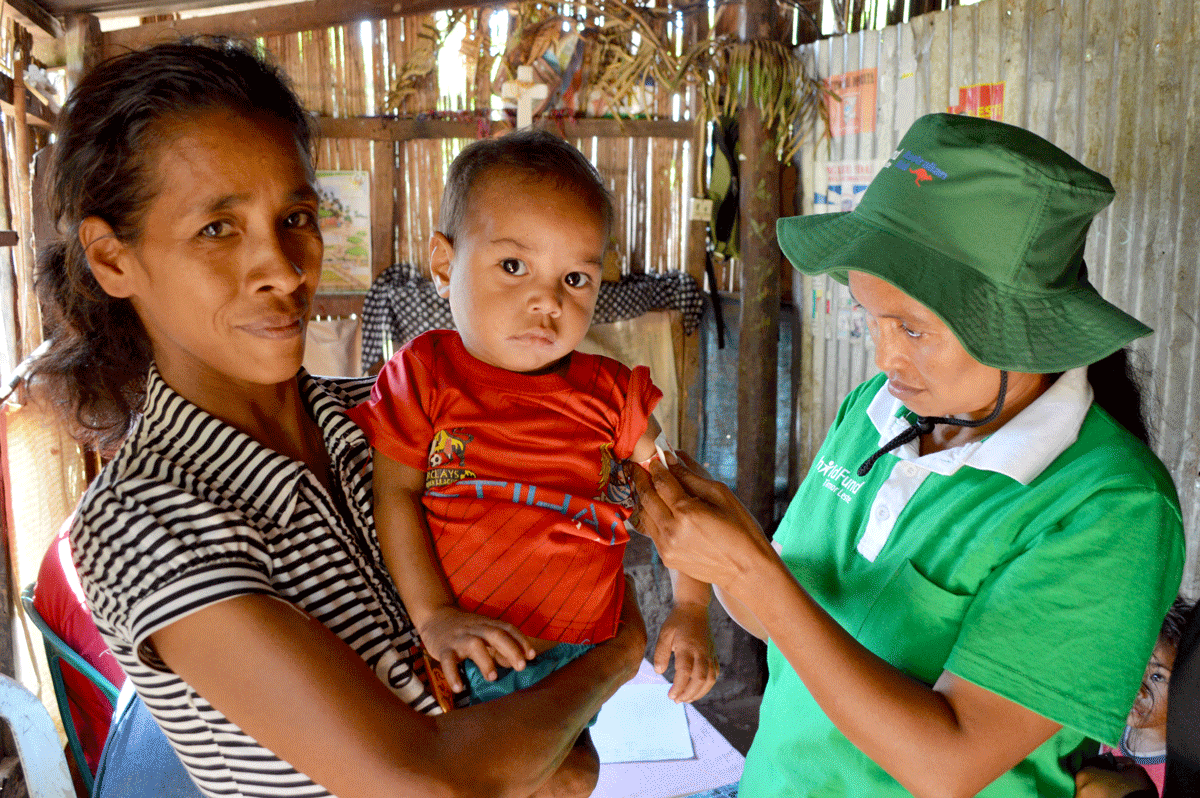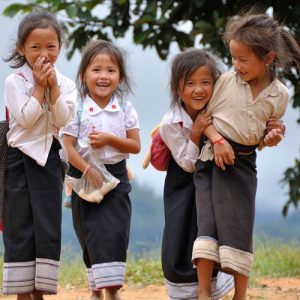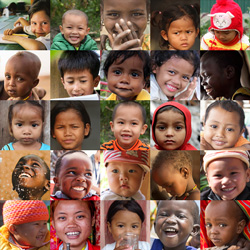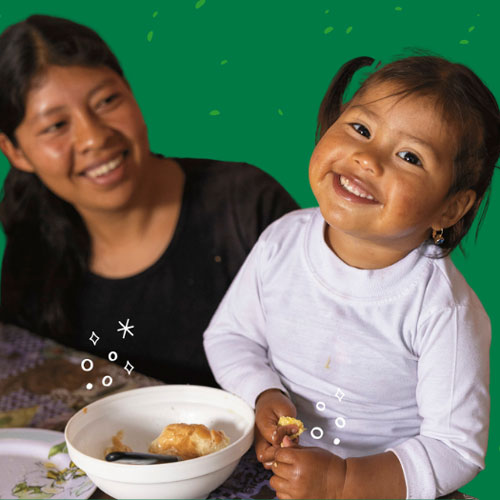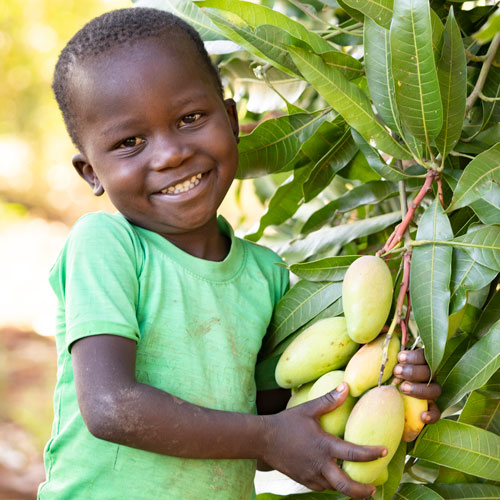SYDNEY, AUSTRALIA – 30 May 2017: ChildFund Australia has today released a comprehensive report on the enormous challenges faced by Myanmar as the country seeks to undo years of neglect and lack of investment in its education system.
The report, written by award-winning journalist Jo Chandler, explores the complexities facing educators, policymakers, bureaucrats, donors, civil society and international organisations as the country launches its first ever National Education Strategic Plan (NESP); a five-year road map to develop an inclusive and high-quality education system.
Once referred to as Asia’s rice bowl, Myanmar exported two million tonnes of rice a year in the late 19th century, making it one of the wealthiest nations in the region. However, decades of economic and political isolation, compounded by what some observers refer to as the world’s longest-running civil war, have meant that living standards have plummeted, with indicators for education and health now among the lowest in Asia.
According to Nigel Spence, CEO of ChildFund Australia, the long years of stagnation endured by Myanmar’s people have taken a terrible toll on children and families, particularly those living in poor communities.
Mr Spence said: “Education, life expectancy and household incomes have stalled in Myanmar for too long; hobbled by broken public systems. The task of rebuilding the education system is formidable but absolutely essential to the country’s development and in reducing the significant rates of poverty.”
According to the ChildFund report – Education for All: bridging the knowledge gap in Myanmar – the most powerful and immediate factors undermining children’s right to education are:
- The costs of education: fees are not officially levied but families must pay for school maintenance, admission, uniforms, and also face indirect costs, such as household earnings foregone if a child is at school rather than working, or the cost to relocate a child from a remote, rural area in order access school.
- The poor quality of education: lack of qualified and experienced teachers; dilapidated and overcrowded classrooms; shortage of school buildings; didactic teaching methodologies; lack of educational resources; outdated curricula.
- Poverty and child labour: extreme poverty prevents children’s access to education and impacts school retention; in Myanmar there is widespread acceptance of child labour with children from low-income families often forced to leave school early to supplement household incomes.
Ethnic diversity, with many minority groups speaking a different language at home to that taught in schools, presents additional challenges for children and educators.
As the country opens up to the world, Myanmar is viewed as having great economic potential – in terms of its natural resources, including natural gas reserves and hydropower, and its viability as a tourism hotspot. But the country’s most significant asset is likely to be its human capital.
Mr Spence said: “Myanmar has a highly youthful demographic in comparison to Australia, which is battling with the challenges of an ageing population. This is a powerful resource that can be harnessed through improvements to education, and why organisations such as ChildFund are committed to supporting the government’s new strategy and ambitions.
“Access to education is not only the right of every child but will ensure that this fledgling democracy can develop a skilled workforce able to meet the challenges of the 21st century.”
KEY FINDINGS FROM THE REPORT
As the Government of Myanmar begins the task of rebuilding its education framework, this report highlights the historical context, the challenges ahead, and the importance of ensuring access to quality education for all. Key findings include:
- Nationally, one in four children do not complete primary school, with the dropout rate even higher in poor communities. Fewer than one in three will finish upper secondary school.
- The average adult has completed only 4.7 years of schooling, a similar result to Cambodia, but less than Laos and Bangladesh (both 5.2 years), India (6.3) China (7.6) and Thailand (7.9).
- One in five children aged 10-14 years are working. Child labour and exploitation remains a pervasive concern in Myanmar.
- School attendance falls sharply from age 10, with boys often dropping out faster than girls because they can sell their labour.
Download the full report here: Education for All: Bridging the Knowledge Gap in Myanmar
